It has been almost nine hours of action since Liverpool scored at Anfield in open play and their form is now more than just a blip in what is a soulless, empty season.
It was a full circle for all the wrong reasons in the latest Merseyside derby, as the meeting at Goodison Park could be credited with seeing the first domino tumble before the Anfield defeat laid everything bare.
Without a league win in four games and just seven points picked up from the last available 27, Liverpool are firmly on the cusp of relegation form.
In fact, between matchday 20 and 25, the Reds are placed 15th in the form table with only Crystal Palace, Sheffield United, Tottenham, West Brom and Southampton having experienced greater lows.
The Reds have lost their swagger, fear-factor and ability to win ugly, and instead, mental frailties have led to collapses, while indecision and predictability have led to a lack of scoreboard pressure.
But just how far have Jurgen Klopp‘s side fallen since the pandemic forced the doors to shut on fans and sterile, barren stadiums became the backdrop?
Stark contrast
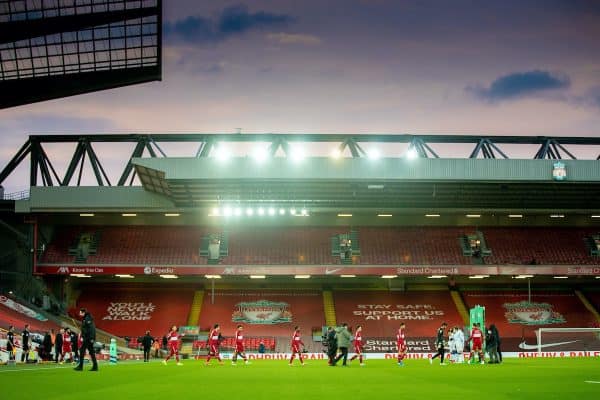
The champions are a shell of their former selves as mental and physical fatigue have washed over the squad in a season that has deviated so far from normal that even Arsenal sitting in 10th place has not yet led to a mutiny.
Since mid-October, it has felt as though Klopp has had a hand constantly tied behind his back with one injury blow after another.
Attempts to discredit such absences are baseless as any team would find life tough going when faced with having six or more key figures unavailable for more than two-thirds of the games played.
It comes as no surprise then that Liverpool are destabilised as 18 different centre-back partnerships show, only two of which have played more than four games together.
Not to mention that only Andy Robertson, Gini Wijnaldum, Curtis Jones and Roberto Firmino have not succumbed to either injury or COVID-19 so far this season.
The devastating ripple effect stemming from the absence of consistency at the back has been rightly acknowledged, but what about the famed 12th man?
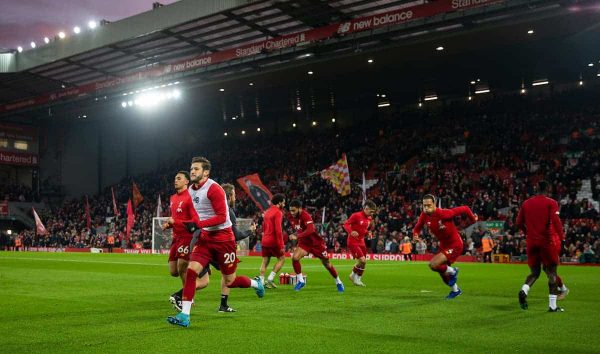
“In life, in general, in the football club: good relationships is the base to evolve the club or the team,” Pep Lijnders said back in late 2019.
“As we say, it’s the holy trinity: the fans, the manager and the squad. These three have to be really connected, have to be one, have one idea and understand each other.”
The idea was, of course, coined by the legendary Bill Shankly but its relevance holds true as ever since Klopp walked through the doors at Anfield it has been about creating a symbiotic relationship with the players and fans.
Take away that lifeline and the dynamics shift again, compounding a slog of a season where only the chuntering of the opposition or the shouts of the manager echo around soulless stadiums.
It is not the crux of Liverpool’s poor performance levels nor the immediate answer to continued questions over how to unlock a low-block, or the reason for the delayed response in the January window, but the numbers do not lie.
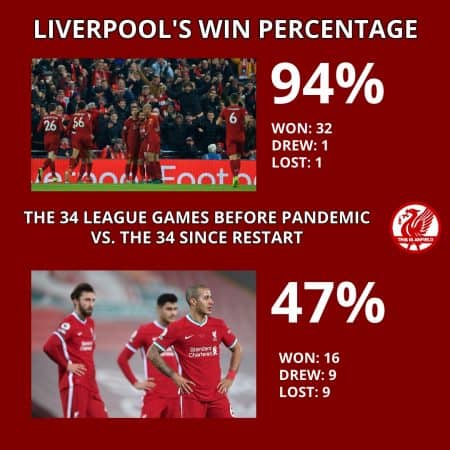
Liverpool have played 34 league games behind-closed-doors since June, in that time they have won 16, lost nine and drawn nine for a win percentage of a lowly 47 percent.
The exception, of course, is that four of those matches had 2,000 fans in attendance, resulting in two of the wins and two draws.
Compare that to the 34 which preceded the lockdown, which dates back to the backend of 2018/19, and Klopp’s side had a staggering win percentage of 94 percent after only one draw and one loss.
That’s a staggering differential of 47 percent and a point swing of 40, such a run is not conducive in any pursuit of success.
Like winning makes bumps and bruises fade into the background, a crowd feeds energy, establishes a sense of alertness, injects urgency and provides a backdrop for entertainers to shine – something perhaps Roberto Firmino is feeling more than most.
“The reality is that football is rubbish without fans. It’s as simple as that,” Andy Robertson told the Athletic last year, and from a player who feeds off the crowd his view speaks volumes.
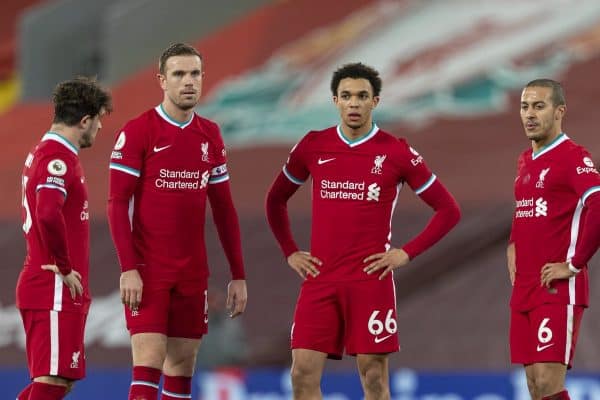
A 68-game unbeaten home run has made way for a four-game losing streak, for the first time since 1923, while only one goal has found the net at Anfield in the last five – and that was from the penalty spot.
A fortress no longer, but you would be hard-pressed to argue it would have been the case with a full Anfield.
Pep Guardiola hinted as much when his side walked away with a win at the ground for the first time since 2003 having said, “Anfield with and without [fans] is completely different. I know I couldn’t imagine after 1-1, Anfield could influence the players.”
It is safe to say the game fans left in March of 2020 is not the same one we are witnessing today, and while some teams will thrive over hearing a pin drop, this Liverpool team are one who excels in playing the pantomime villain or putting on a show for the home faithful.
It has taken its toll but the Reds have no choice but to find more of their reserves and reignite their own engineered atmosphere from one empty stadium to the next.
What’s next?
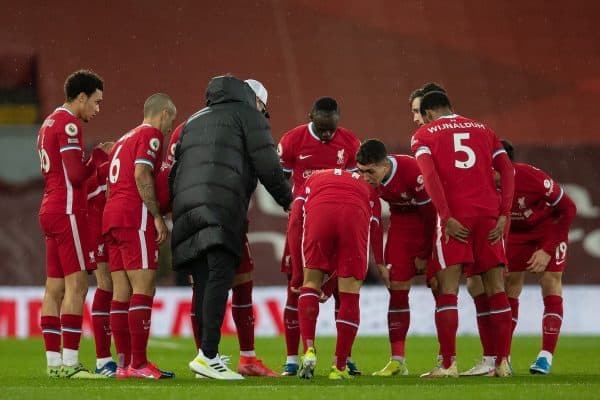
The return of fans is out of Liverpool’s control and while the vaccine rollout in the UK offers the promise of brighter days ahead, potentially as soon as the final day of the season, changes are needed post-haste.
Rediscovering the powers of the dark arts here or there to add some bite wouldn’t go amiss, nor would a change in systems so at least the opposition are not handed a roadmap to victory straight off the bat.
Simply put, the Reds need to become unpredictable should they wish to not fizzle out of the top-four race, where a 4-2-3-1 or 4-2-2-2 formation ought to be opted for to reignite a team who look both mentally and physically fatigued.
Naby Keita‘s return could offer another string to the Reds’ bow and Diogo Jota‘s return too, but Liverpool now have just 13 games left to turn it around.
The Reds cannot afford to hold until ‘normality’ returns to stadiums, but there is no doubting that Liverpool are not the same beast without the beating heart and lifeline that the supporters pump into the team week in and week out.
It comes as no surprise, but football without fans truly is nothing.






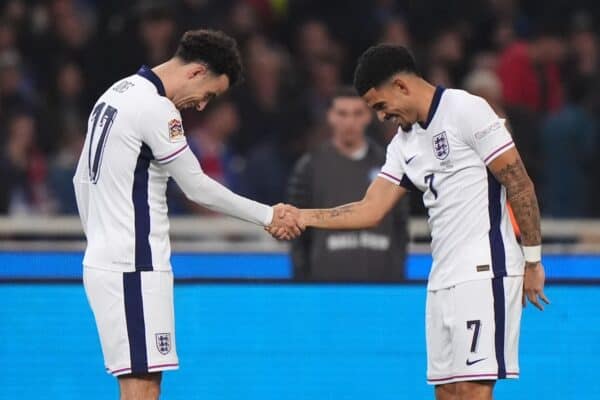

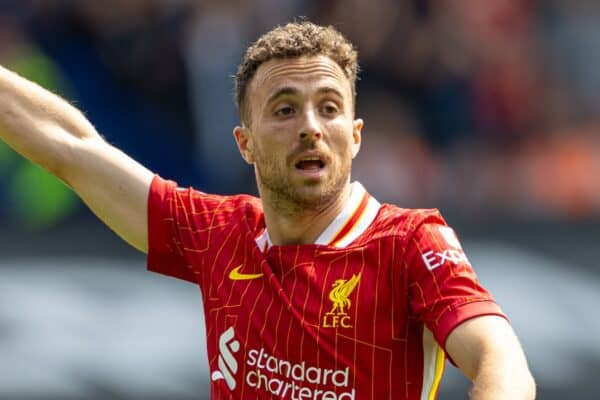
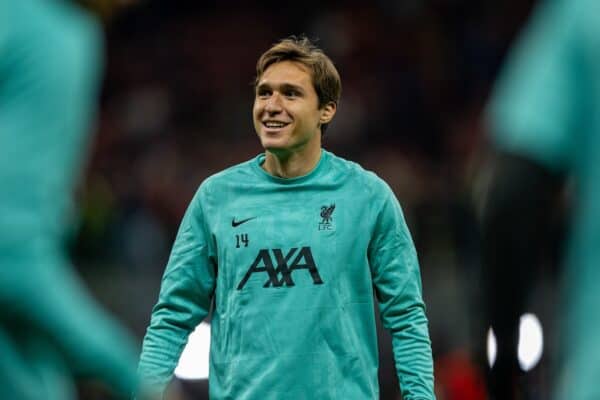
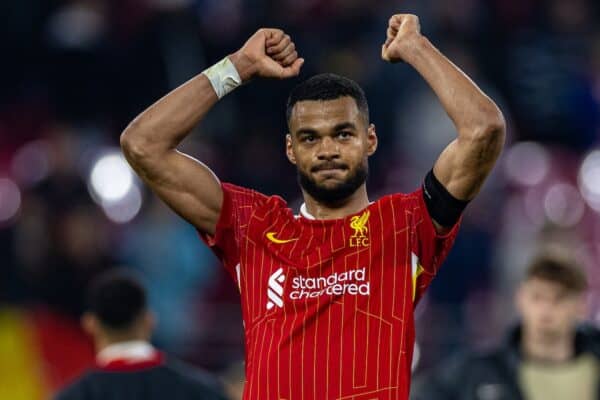
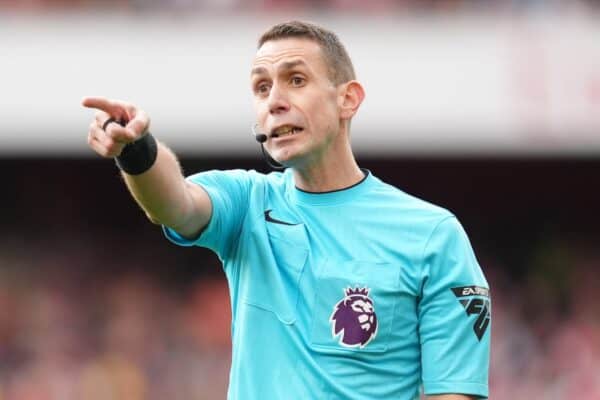

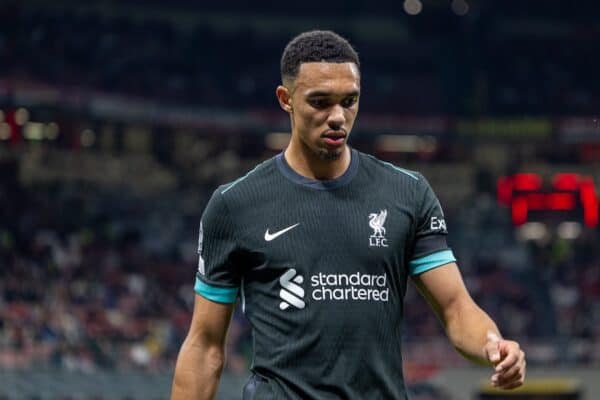




Fan Comments